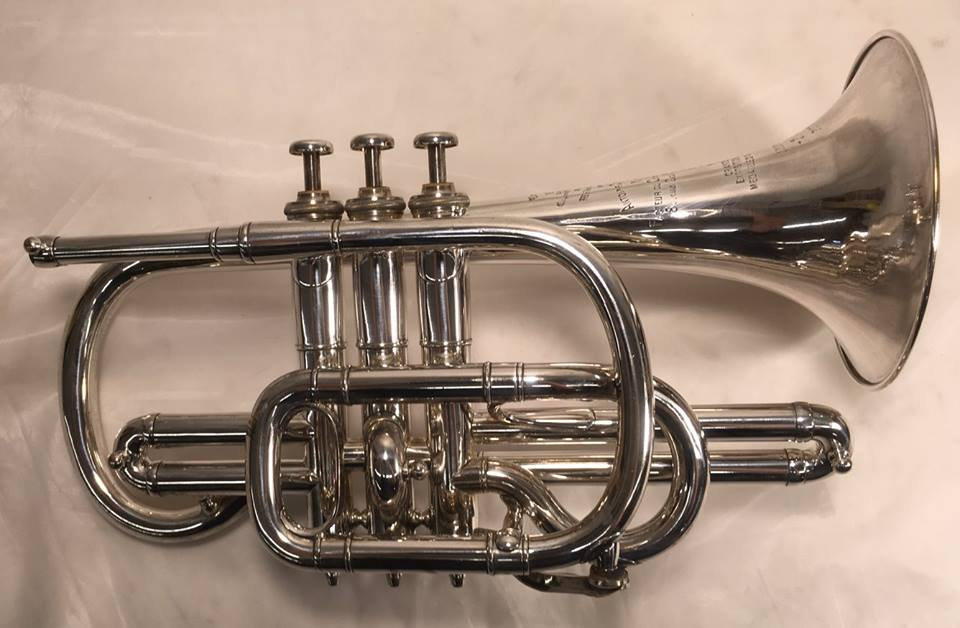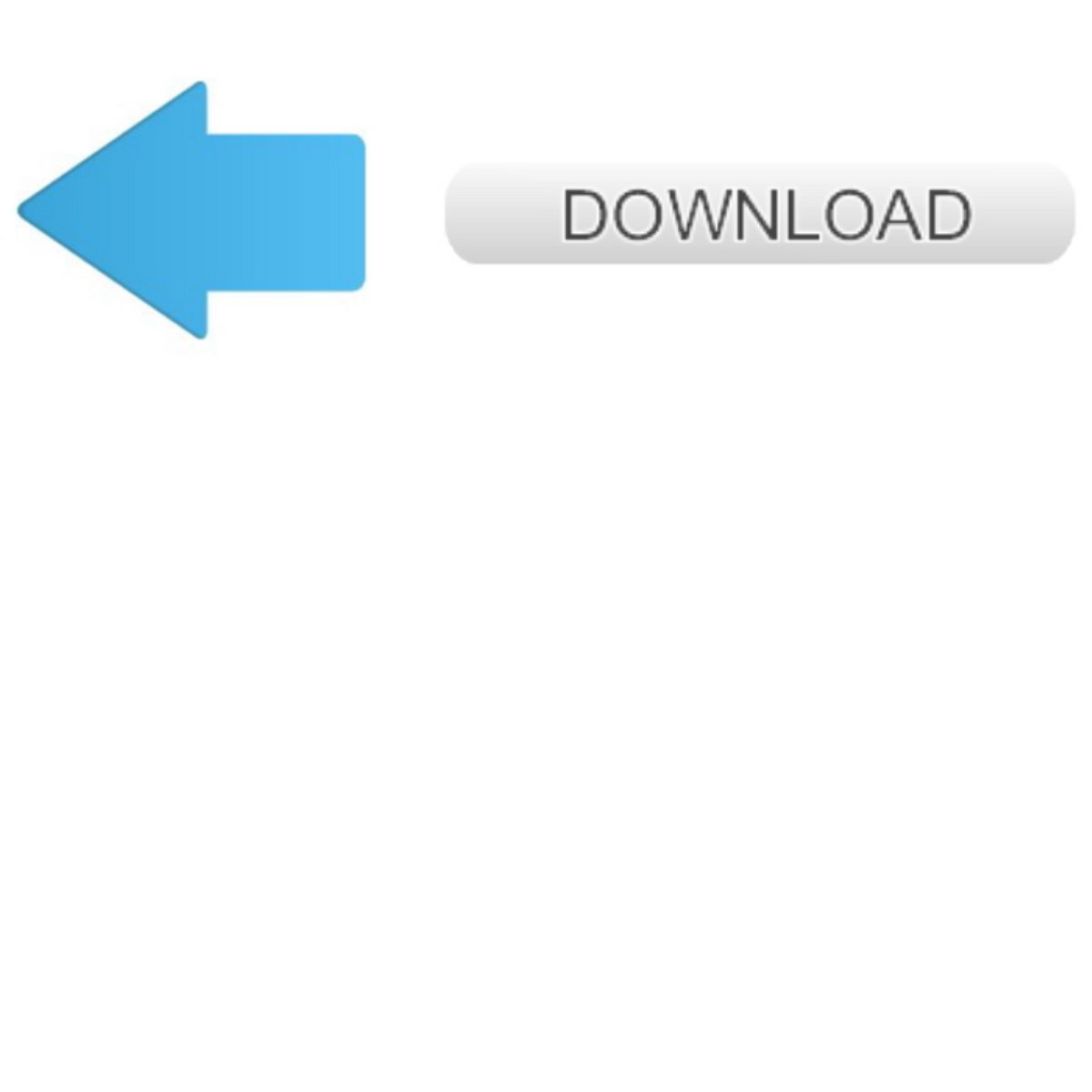- Antoine Courtois Trumpet Serial Numbers Chart
- Antoine Courtois Trumpet Serial Numbers Pictures
- Antoine Courtois Trumpet Serial Numbers Guide
- Antoine Courtois Trumpet Serial Numbers 642190

Dear Musician, We thank you for choosing Antoine Courtois. We know your instrument is precious and deserves respect and the best of care. Below are simple instructions regarding your instrument’s use, its maintenance and its guarantee. Please read it carefully and do not hesitate to contact any of our resellers for advice. Contractual Guarantee Granted by Antoine Courtois. Antoine Courtois Evolution III Bb Trumpet: $1,620. This is an Antoine Courtois Paris Evolution III Bb Trumpet. Serial number #1097. This has been a very beloved. The prewar Mehas (approximately serial number 90,000 and prior) are considered more collectible, although both prewar and postwar are eagarly sought after from a playing perspective.
The following charts and the accompanying documents are presented as documentation for the tentative Serial Number List. If you have information that would contribute to this project please contact us here at Horn-u-copia
Antoine Courtois Trumpet Serial Numbers Chart

General Dating Information

Cornets & Cornopeans:
#351 Koenighorn, rue du Caire address , c.1850
#712 Nouveau model, c.1854
#4730 Koenig model, c.1860
#7811 Koenig model, c.1870
#8072 Arban model, c.1872
#8226 This is a highly engraved cornet with inscription “Souvenir a son ami JB Arban” which is “in memory of his friend”. This would date this cornet to after Arban’s death in 1889 which seems very late for this serial number.
#13279 has the last medal date of 1878
#15548 Arbuckle model, c.1885
#16793 Walter Emerson model, c.1889
#19108 Arban model, c.1899
#36783 Gaudet model, c.1960
Trumpets
#199 Marked with medal award date of 1900 but not the 1904 St. Louis one so c.1902
#885 Marked with medal award date of Turin, 1911 1919 – Selmer advertises the “new” model trumpet with American design features. This matches #215 and #680 with the Bb/A change valve.
#215 above matches the 1919 new model; these early trumpets all have mirror-image curved bell braces

#680 above shows only a change in the water key location
#1,250 – 1,450 Marked with 1904 St. Louis award date
#1,860 – 2,175 Marked with 1927 Geneva award date yet still have the Marais address so date to 1928-1930.
#2,650 and up have the 8 rue de Nancy address so date to 1930 or later (more examples are needed to narrow down the address change between #2175 & 2650)
#4,898 This trumpet is said to have been purchased new in 1951.
#15,600 is said to have been made in 1970
Fluglehorns
Trombones
I've known for many years that the history of the maker Courtois and its instruments is a neglected subject of study, especially considering how important they were to the industry in the 19th century. I hope to put more effort into this in the future, but for now I want to present some of what we can glean from a few early modern Courtois trumpets. I've already presented an important D trumpet from this time, played by Georges Mager in the Boston Symphony Orchestra. In that investigation, I observed several photos of him and fellow BSO trumpeter Gustav Perrot holding C trumpets with identical details. Since then, I had hoped to come across one of these to purchase or study, but I have not been aggressive enough on Internet auctions to get one.
Scott Smith had a little luck and landed a very early Courtois Bb trumpet, number 875 from the first series. This is seen in the first four photos here. With the resultant enthusiasm, he made a deal to buy a trumpet in C that had belonged to Louis Gassié who had published a book of trumpet etudes and duets in France in 1950, but I haven't learned any more of his career. He would have acquired it used, unless there was a Louis Gassié Sr. Scott told me that the Bb trumpet is the earliest example by Courtois known and, being an expert, I set about telling him where he had gone wrong. He had done his homework, however, and was able to set me straight. This important trumpet does appear to have been made in the late 1890s and certainly not much later. It exhibits some of the same details seen on George Mager's D and C trumpets, including the valve casings, waterkey and even the angle of the second valve slide.
The most unfortunate detail is the extreme abuse that it had received. While it was mostly complete and with original silver plated finish, somebody had put some effort into denting and smashing the bell, making the restoration cost for Scott much higher than it should have been. For me, the biggest frustration was not being able to mount the bell exactly as it had been, but rather pushed forward about 5/8 inch. Because of deterioration of the brass, it couldn't have been re-bent and already needed two patches on the curve. While the valves are a bit leaky this is quite a good playing trumpet.
The bore diameter through the bell taper and flare are smaller than in the contemporary cornet-based Besson Bb trumpets, resulting in a brighter, more trumpet like tone. My assumption is that Courtois designed this Bb trumpet to more closely match the sound of the orchestral trumpets in F, rather than the cornets. We will never know the history of this B-flat trumpet's musical life, but we're very fortunate to have some documented history of the other two.
The trumpet in C, with serial number 1100 was made only a few years later, at most, and the number was changed twice, leading me to believe that it was rebuilt by Courtois each time and may have been a platform for prototyping changes, We know that Courtois was building C trumpets for some years before this; the earlier form used a mouthpipe shank and was shaped more like the D trumpet illustrated in the 1885 catalog (image 8). It came with a tuning slide extension that lowered the pitch to Bb, a mouthpipe shank for B/A and a crook for Ab (Bb in combination with the C slide). Interestingly, the 1885 catalog illustrates the trumpet in D with crook to Db but no provision for trumpets to play in C, Bb or A, but there is an existing Courtois C trumpet in the Edinburgh University collection that is complete, as described above, that was made before 1878, indicating that there was more available than offered in the catalogs.
Antoine Courtois Trumpet Serial Numbers Pictures
The pitch of Scott's C trumpet is at A=440Hz and I can see that it has been shortened at least 1/8 inch and probably 1/4 inch (1/2' total length), which indicates that it was intended to tune to A=435Hz, which was the most common tuning for orchestras in the US along with Western Europe. Not surprisingly, the trumpets in Bb and D are also at this approximate tuning. The tuning slide assembly with two rotary valves was almost certainly a later addition, and lowers the pitch to B, Bb and A, the same as the mouthpipe shanks and crooks described in the 1897 and 1901 catalogs.
Scott estimates that Courtois produced about 18 trumpets a year during this time. While growing, the demand for trumpets was still quite small and they produced far higher numbers of cornets along with all the middle and low brass including tubas and helicons in BB flat. That said, they were still a somewhat small maker with about 25 employees and were willing to take on special orders. Another detail that you may notice is that the Bb and D trumpets have nipples on the bottom valve caps while the C trumpet does not. It is possible that the bottom on of C trumpet were replaced later but we also know that Courtois had used bottom caps without nipples on the earlier F and C trumpets.

Antoine Courtois Trumpet Serial Numbers Guide
By the time they published their catalog in 1919, the Bb trumpet had taken on more modern proportions as is seen in the photo engraved image. The music scene was changing both in Europe and the US. There were more symphonic orchestras and the cornet based Bb trumpets where now part of most military, school and dance bands. The C trumpet still appears to have a small bell flare similar to #1100. Besson also made small bell C trumpets for the orchestra by the 1880s, earlier examples also with mouthpipe shanks and crooks for the lower keys. The fixed mouthpipe version was still available after WWII. By the 1920s, Bach, Conn and most other US and French makers made their own versions of these small trumpets, but the Bb trumpets took on a leading role, soon even surpassing the production of cornets.
Antoine Courtois Trumpet Serial Numbers 642190
In the C trumpet the bore measures .455', the bell diameter is 4 1/2' and the overall length without mouthpiece is 16 1/2'. In the Bb trumpet, the bore measures .453', the bell diameter is 4 5/8' and the overall length his 17 5/8'.